7 Tips On How Often You May Water Roses For Healthier Blooms
Keeping roses healthy often comes down to getting the watering just right. I’ve learned that too much or too little can really affect their blooms. Paying attention to soil, weather, and plant size helps guide how often to water.
Simple adjustments can make a noticeable difference in flower size and vibrancy. Following these tips keeps your roses flourishing and looking their best all season.
1. Morning Moisture Magic
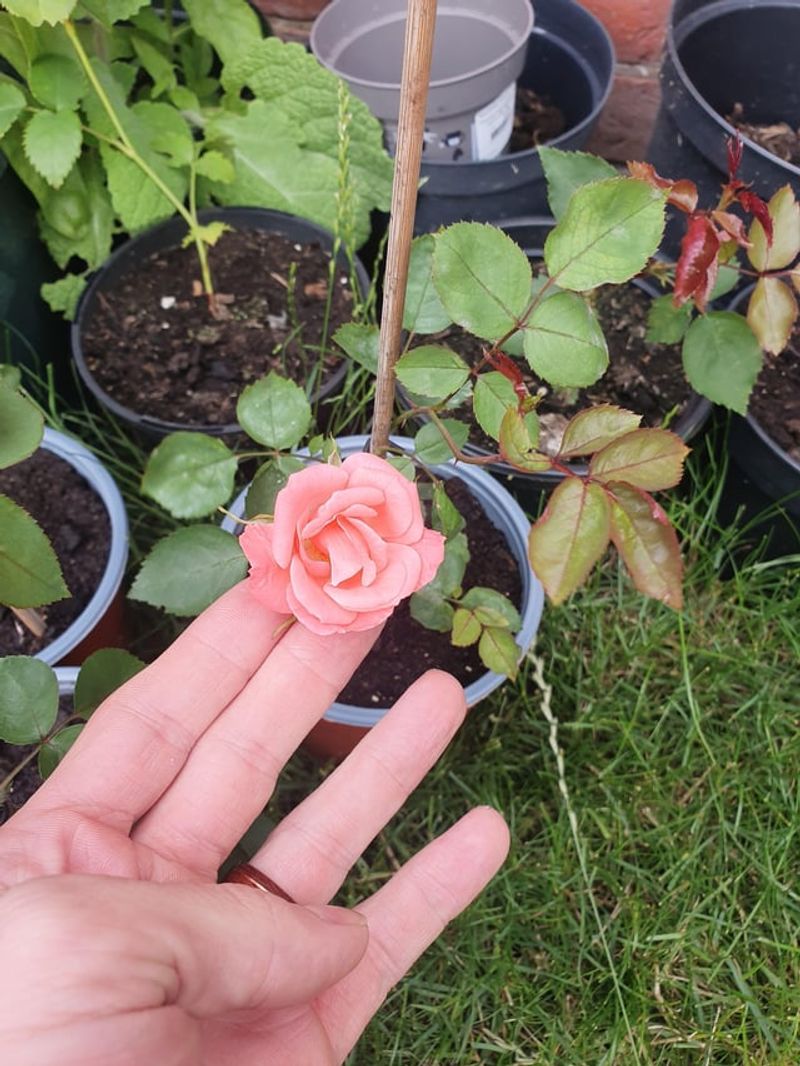
Early daybreak watering allows roses to absorb moisture before the sun intensifies. This timing prevents fungal issues that often develop when foliage remains wet overnight.
Aim to water between 6-10am when temperatures are cooler. Your roses will thank you with stronger stems and more abundant blooms throughout the season.
2. Deep Root Soaking
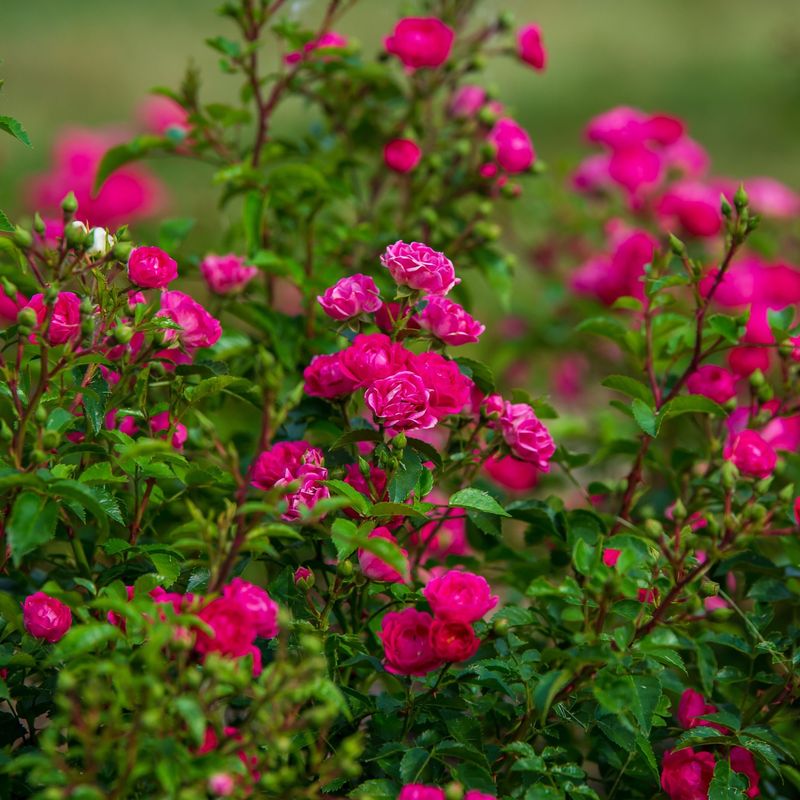
Forget frequent shallow sprinkles! Roses develop stronger root systems when watered deeply but less often. A thorough soaking encourages roots to grow downward seeking moisture.
Provide about 2 gallons per established plant, allowing water to penetrate 18-24 inches deep. This method creates drought-resistant roses that won’t wilt at the first sign of heat.
3. Seasonal Adjustments
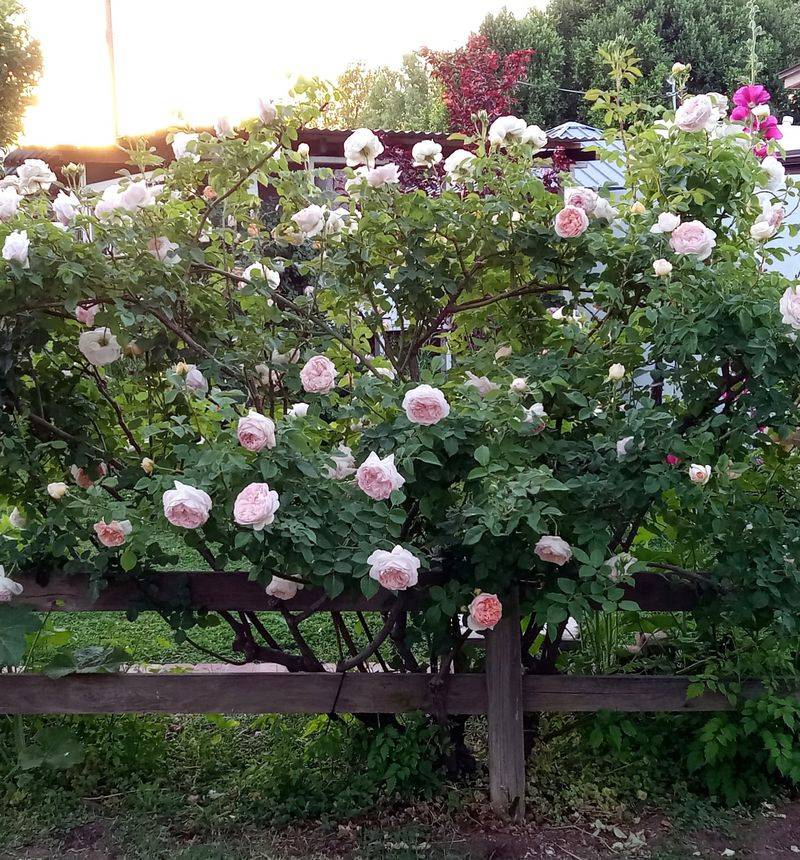
Summer heat demands more frequent watering—possibly every 2-3 days during heatwaves. Pay attention to wilting leaves and dry soil as indicators of thirst.
During spring and fall, cut back to weekly watering as temperatures moderate. Winter dormant roses need minimal moisture except during extended dry spells in warmer climates.
4. Soil Check Method
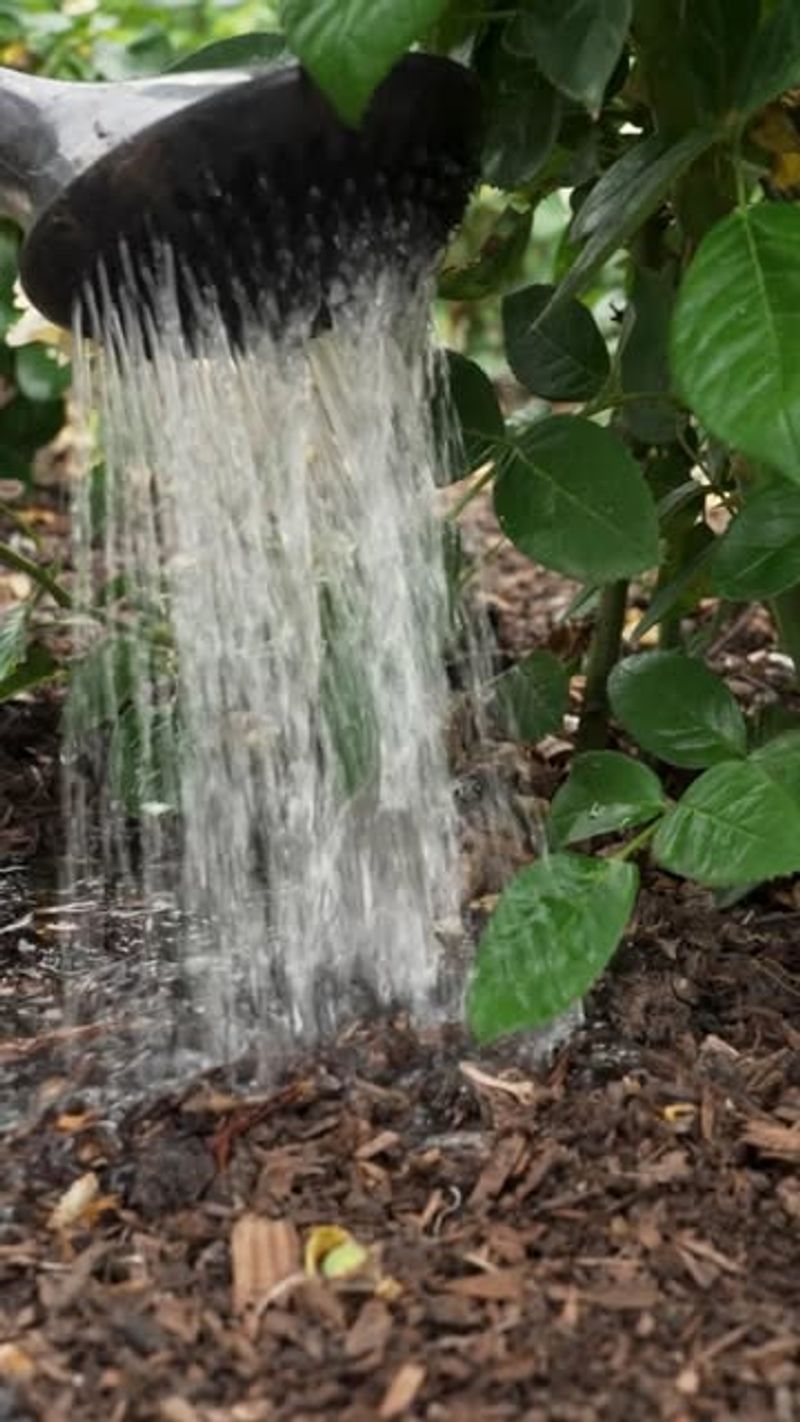
Finger-testing soil remains the most reliable way to determine watering needs. Insert your index finger 2 inches into the soil near your roses.
If it feels dry at that depth, it’s watering time. This simple test prevents both overwatering and underwatering, the two most common causes of rose problems gardeners encounter.
5. Mulch Moisture Retention

A 2-3 inch layer of organic mulch works wonders for maintaining consistent soil moisture. Wood chips, shredded bark, or compost creates a protective barrier that slows evaporation.
Replace mulch annually in spring after soil warms. Keep it pulled back slightly from rose stems to prevent rot while still maximizing the water-saving benefits around the root zone.
6. Watering System Selection
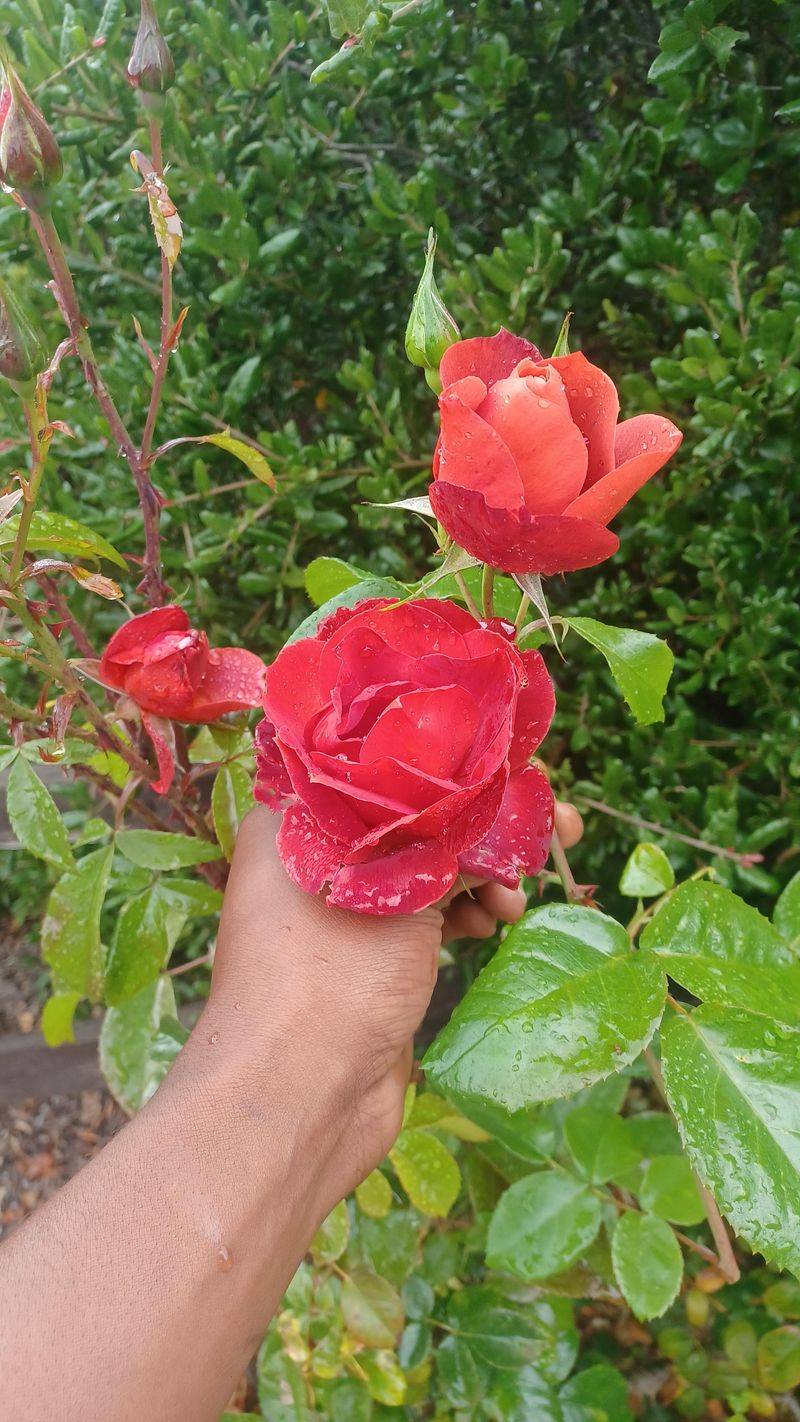
Drip irrigation delivers water directly to rose roots without wetting foliage. This targeted approach reduces disease risk while conserving water compared to overhead sprinklers.
Soaker hoses work similarly well when snaked around plants. Both options allow for deep watering sessions that can be automated with timers for consistent care even during your busiest weeks.
7. Container Considerations
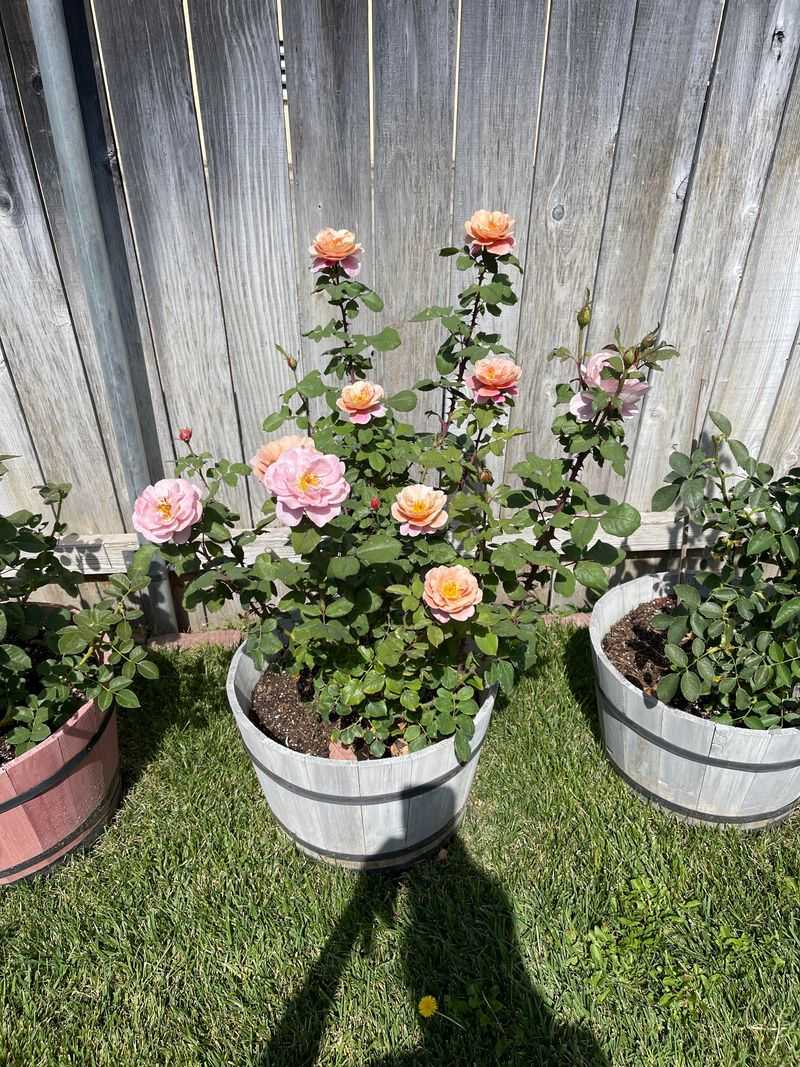
Potted roses dry out substantially faster than ground-planted counterparts. During summer heat, daily watering becomes necessary as containers lose moisture through sides and drainage holes.
Water until liquid flows from drainage holes, ensuring complete soil saturation. Adding water-retaining crystals to potting mix can help maintain moisture between waterings for healthier container roses.

